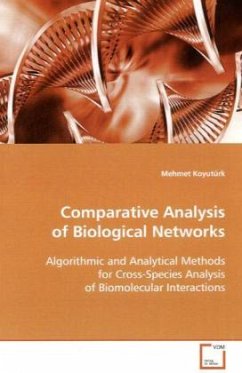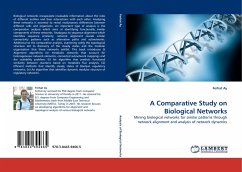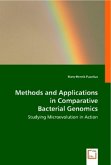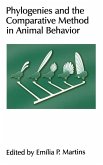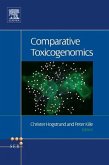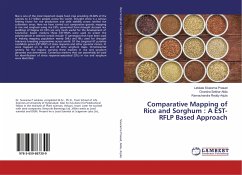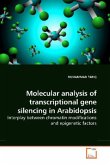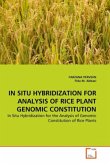Recent developments in molecular biology have
resulted in experimental data that
entails the relationships and interactions between
biomolecules. Biomolecular interaction
data, generally referred to as biological or cellular
networks, are frequently
abstracted using graph models. In systems biology,
comparative analysis of these
networks provides understanding of functional
modularity in the cell by integrating
cellular organization, functional hierarchy, and
evolutionary conservation. In this
study, we address a number of algorithmic issues
associated with comparative
analysis of molecular interaction networks. We first
discuss the problem of identifying common
sub-networks in a collection of molecular interaction
networks belonging to diverse species. With a view to
understanding the conservation and divergence of
functional modules,
we also develop network alignment techniques,
grounded in theoretical models of network evolution.
Finally, we probabilistically analyze the existence
of highly connected and conserved subgraphs
in random graphs, in order to assess the statistical
significance of the patterns identified by our
algorithms.
resulted in experimental data that
entails the relationships and interactions between
biomolecules. Biomolecular interaction
data, generally referred to as biological or cellular
networks, are frequently
abstracted using graph models. In systems biology,
comparative analysis of these
networks provides understanding of functional
modularity in the cell by integrating
cellular organization, functional hierarchy, and
evolutionary conservation. In this
study, we address a number of algorithmic issues
associated with comparative
analysis of molecular interaction networks. We first
discuss the problem of identifying common
sub-networks in a collection of molecular interaction
networks belonging to diverse species. With a view to
understanding the conservation and divergence of
functional modules,
we also develop network alignment techniques,
grounded in theoretical models of network evolution.
Finally, we probabilistically analyze the existence
of highly connected and conserved subgraphs
in random graphs, in order to assess the statistical
significance of the patterns identified by our
algorithms.

